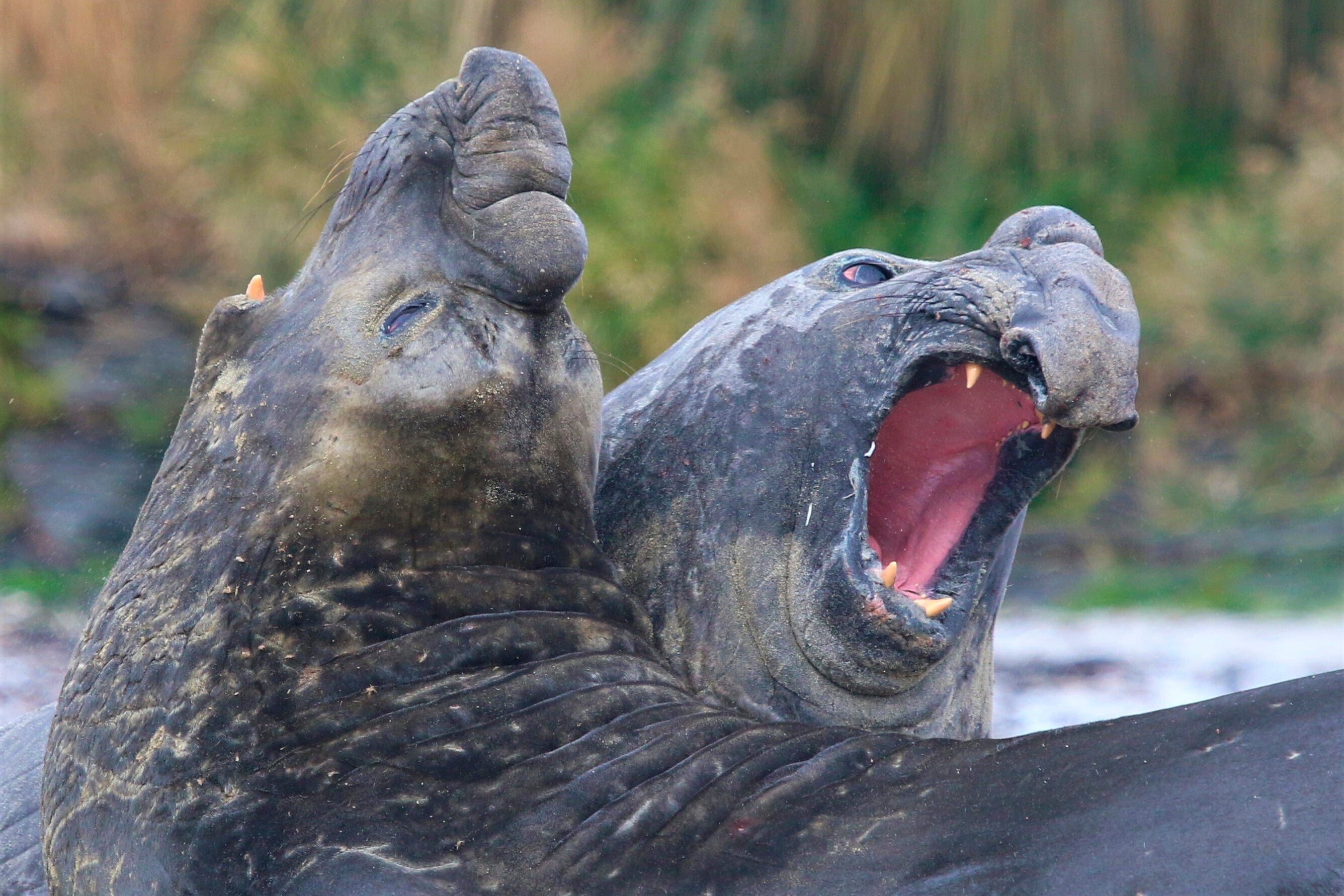'Most remote island' creates massive marine protection zone
Tristan da Cunha, an island with 245 permanent residents, has created a marine protection zone to safeguard wildlife in an area of the South Atlantic three times the size of the United Kingdom

Your support helps us to tell the story
From reproductive rights to climate change to Big Tech, The Independent is on the ground when the story is developing. Whether it's investigating the financials of Elon Musk's pro-Trump PAC or producing our latest documentary, 'The A Word', which shines a light on the American women fighting for reproductive rights, we know how important it is to parse out the facts from the messaging.
At such a critical moment in US history, we need reporters on the ground. Your donation allows us to keep sending journalists to speak to both sides of the story.
The Independent is trusted by Americans across the entire political spectrum. And unlike many other quality news outlets, we choose not to lock Americans out of our reporting and analysis with paywalls. We believe quality journalism should be available to everyone, paid for by those who can afford it.
Your support makes all the difference.Tristan da Cunha, an island with 245 permanent residents has created a marine protection zone to safeguard wildlife in an area of the South Atlantic three times the size of the United Kingdom
The government of the British overseas territory, which calls itself the most remote inhabited island on earth, said Friday that fishing and other “extractive activities” will be banned from an area of 627,247 square kilometers (242,181 square miles).
The sanctuary will be the biggest “no-take zone” in the Atlantic Ocean and the fourth biggest anywhere in the world, the territory said. The designation will help to safeguard millions of seabirds, including yellow-nosed albatross and rockhopper penguins, as well as whales, sharks and seals, the government said.
The protection zone will become part of the U.K.’s Blue Belt Program, which is providing 27 million pounds ($35.5 million) to promote marine conservation by the country’s overseas territories. The initiative has now protected 4.3 million square miles (11.1 million square kilometers) of marine environment, or 1% of the world’s oceans, Prime Minister Boris Johnson’s office said.
“Our life on Tristan da Cunha has always been based around our relationship with the sea, and that continues today,” James Glass, the territory’s chief islander, said in a statement. “That’s why we’re fully protecting 90% of our waters, and we’re proud that we can play a key role in preserving the health of the oceans.”
The territory includes four main islands, the largest of which is Tristan da Cunha, located 2,810 kilometers (around 1,750 miles) west of Cape Town, South Africa. It was discovered by the Dutch in 1643.
Britain took possession of Tristan da Cunha 1816, establishing the territory’s first permanent settlement. The island was evacuated after a volcanic eruption in 1961, but the islanders returned in 1963.